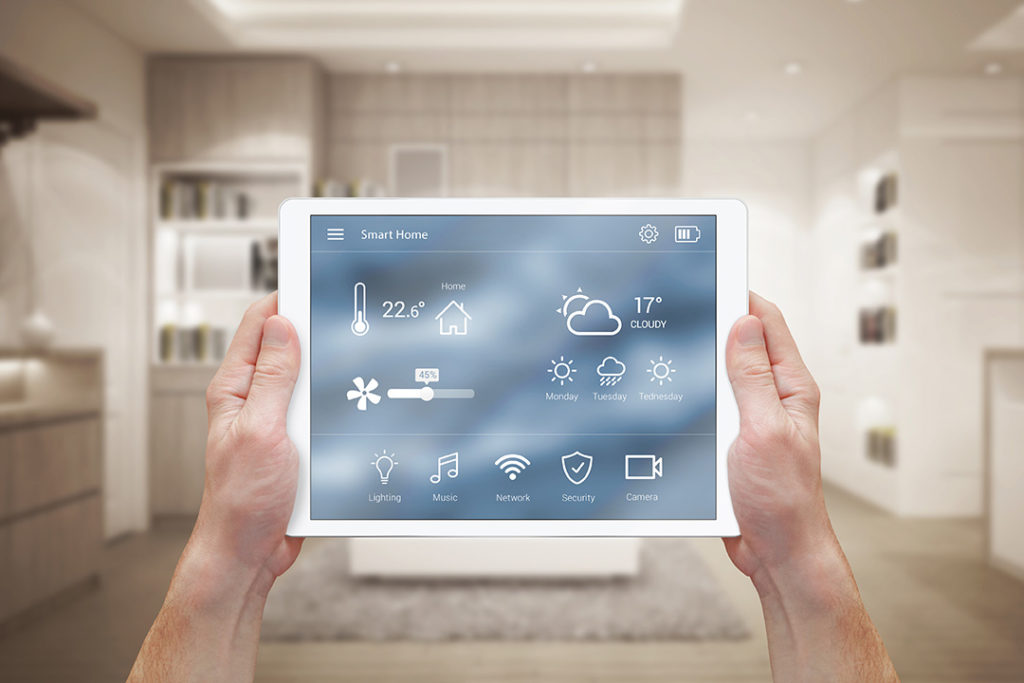High-end homeowners are adopting technologies that connect their smart devices with energy-conserving home devices. Is the tipping point near?
Affluents, especially the young and middle-aged, are showing strong favor for smart-home devices that marry their desire for maximum convenience with environmental zen. That could mean big gains for your high-end home brand.
Polling data and industry reports show that consumer interest in environmentally conscious living and the increasing viability of the smart-home ecosystem are converging on a high-end home marketplace teeming with potential.
Seventy-eight percent of consumers expect homes built in the next five years to feature smart-home technology, including devices that control environmental factors like thermostats, solar heat-blocking window coverings and ceiling fans. Seventy percent are also motivated by the potential cost savings from those energy-conserving devices.
Leading the charge are the young and the affluent—roughly half of 18-34 year olds and those earning $75,000 or more per household are most interested in smart-home devices. However, there is no line in the sand when it comes to age. Interest among 35-59 year olds, who have the most disposable income, is already north of 40 percent.
More than any other age group, though, millennials are making sustainability a priority in their shopping decisions. Nearly three-quarters of them are willing to pay more for sustainable offerings, according to Nielsen, up from about half just since 2014. As the market continues to mature its technology and platforms, there will be more built-in demand for connected devices in high-end homes.
Sunset Green in Long Island, NY’s Hamptons region, is a case study in using smart-home technology to create a sustainable living environment. After Hurricane Sandy gutted the original beachfront structure, its owner rebuilt the home as a LEED-certified model of sustainability.
There have been hiccups along the way. Google’s bungling of its $3.2 billion Nest investment is fresh on naysayers’ minds, and the lack of a gold-standard platform has made some product integrations more complicated than you would expect for devices that aim to improve life.
But with connected products becoming more affordable, and manufacturers like Honeywell, GE, Apple and even Google not just bringing products to market but vying for platform dominance, could we be nearing the tipping point where smart-home devices become mainstream? At the very least, this could signal the market is maturing.
How is your brand positioned to meet the expectations of this group of affluent, environmentally conscious consumers?



